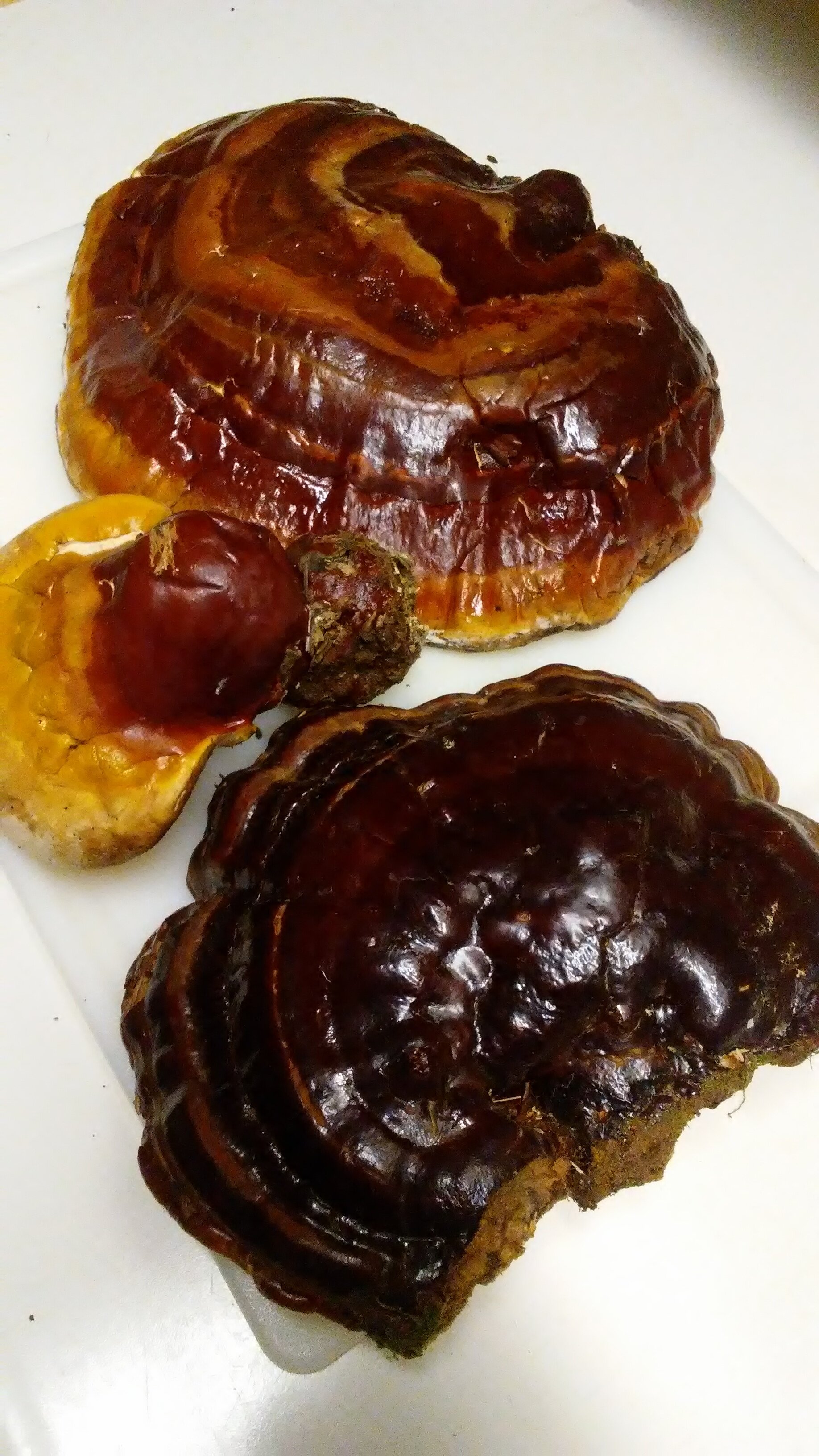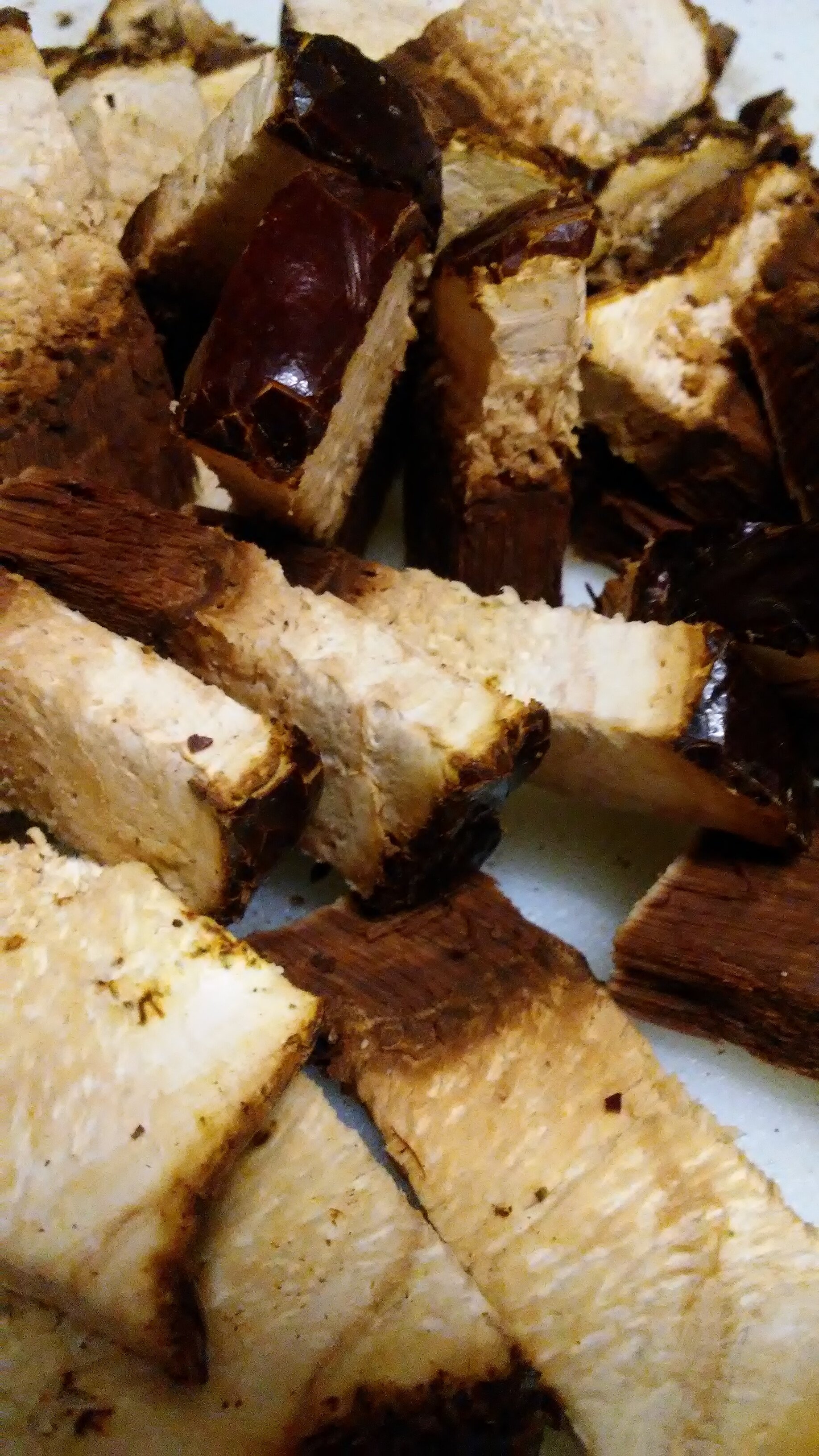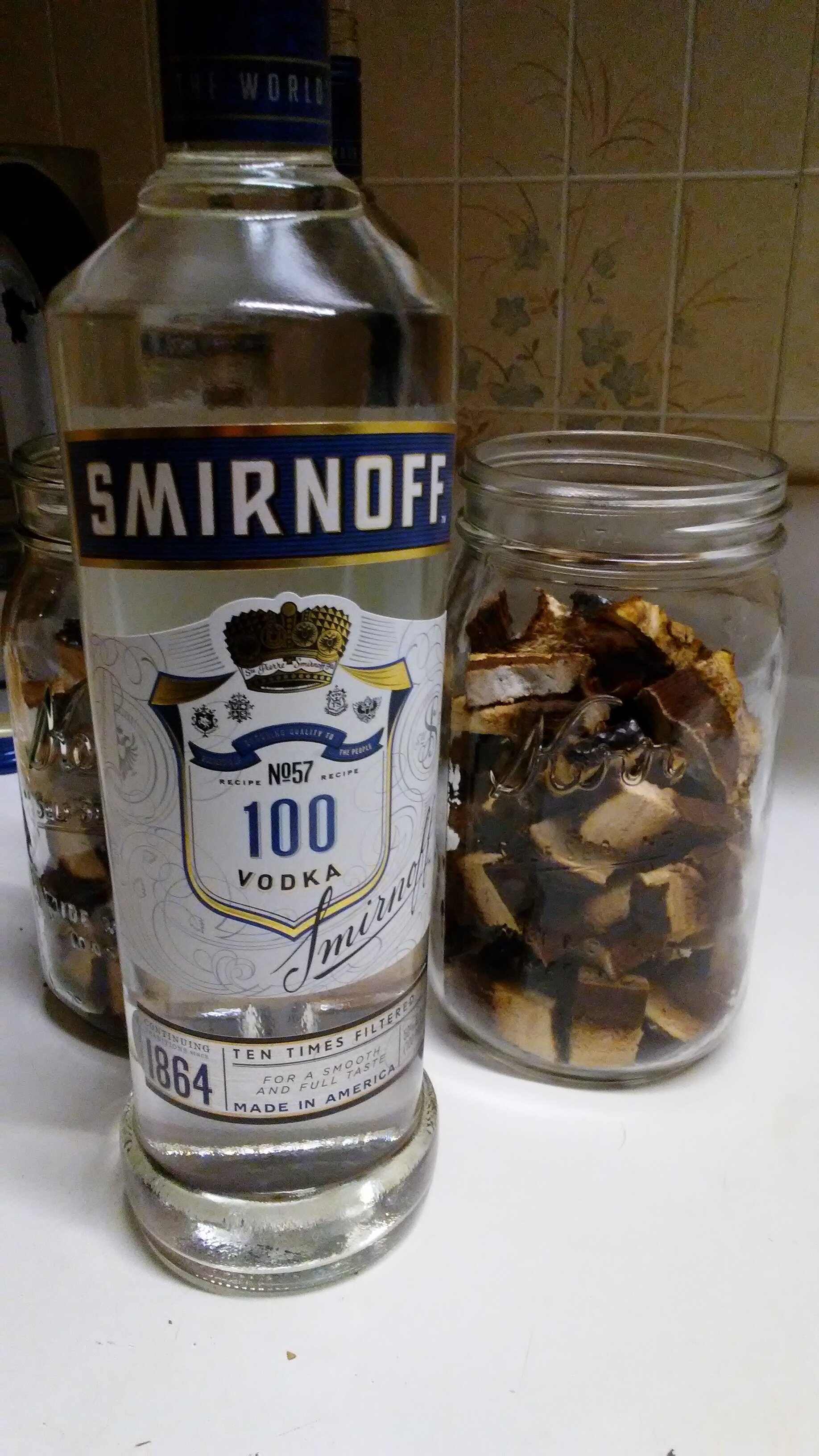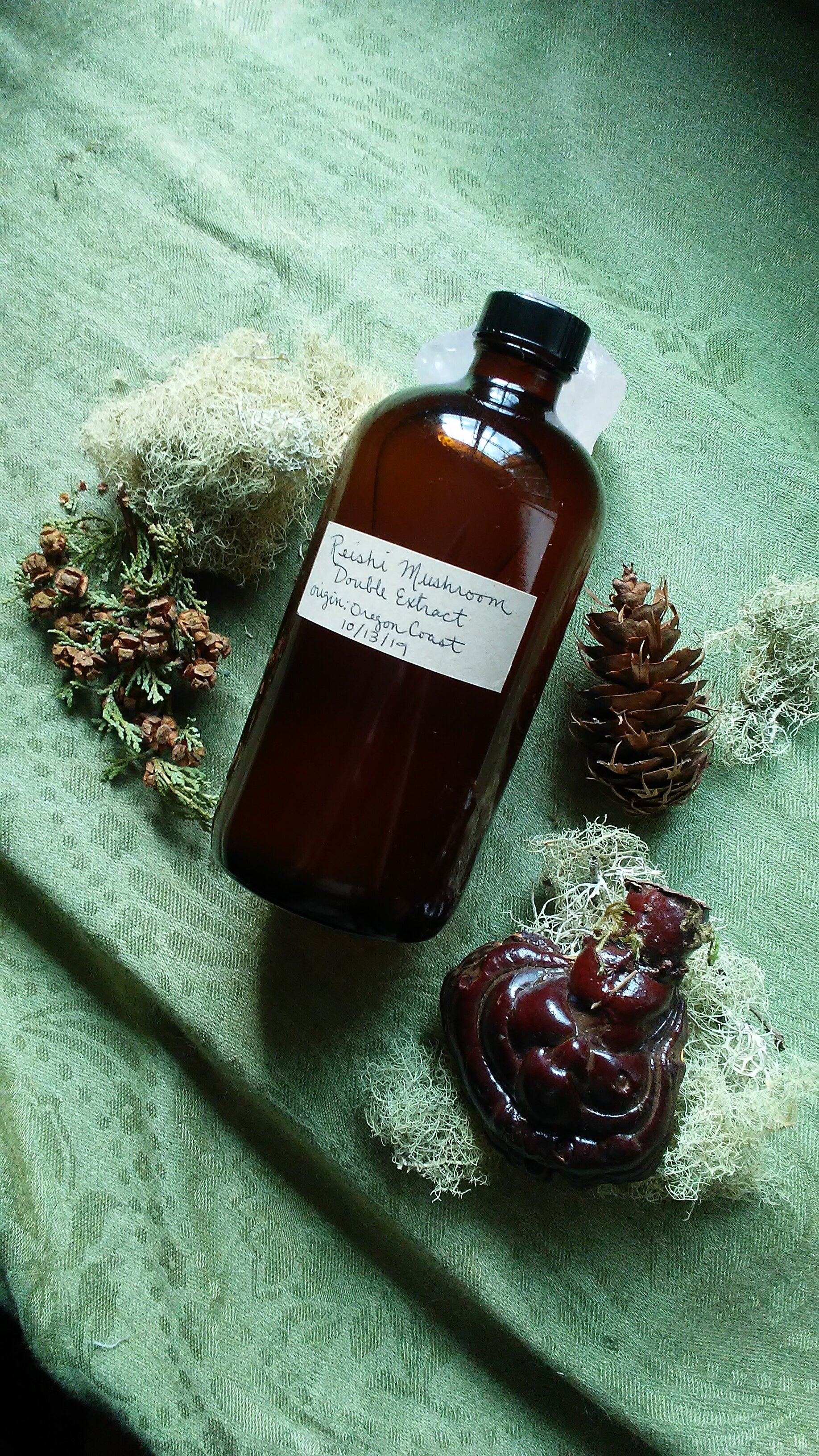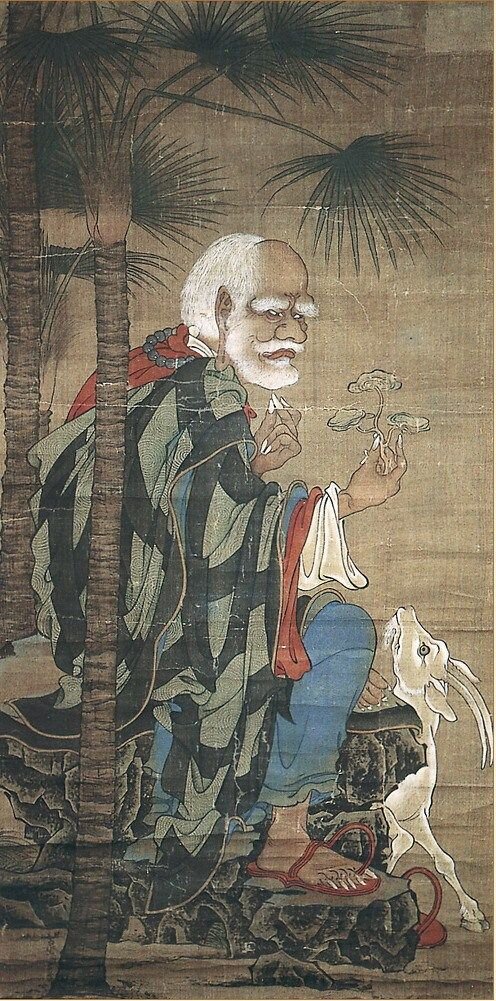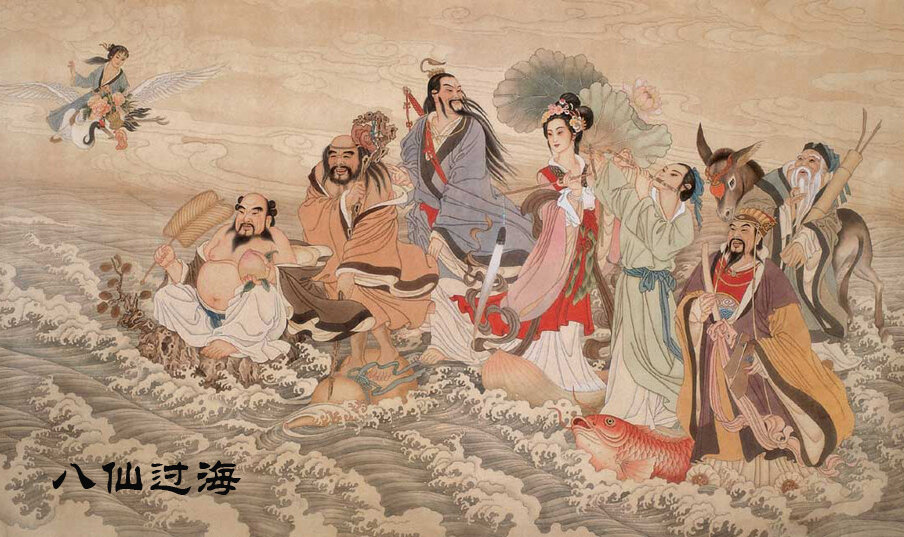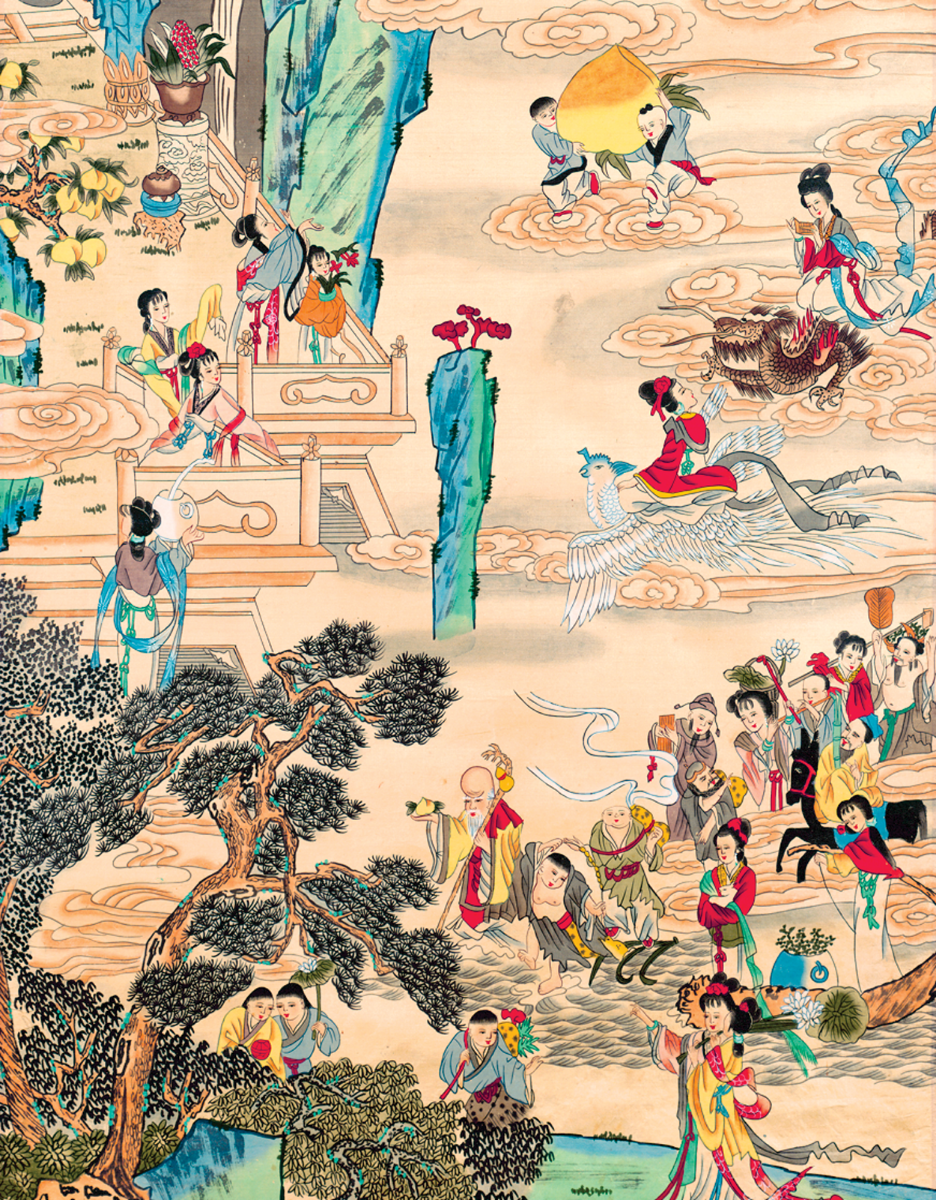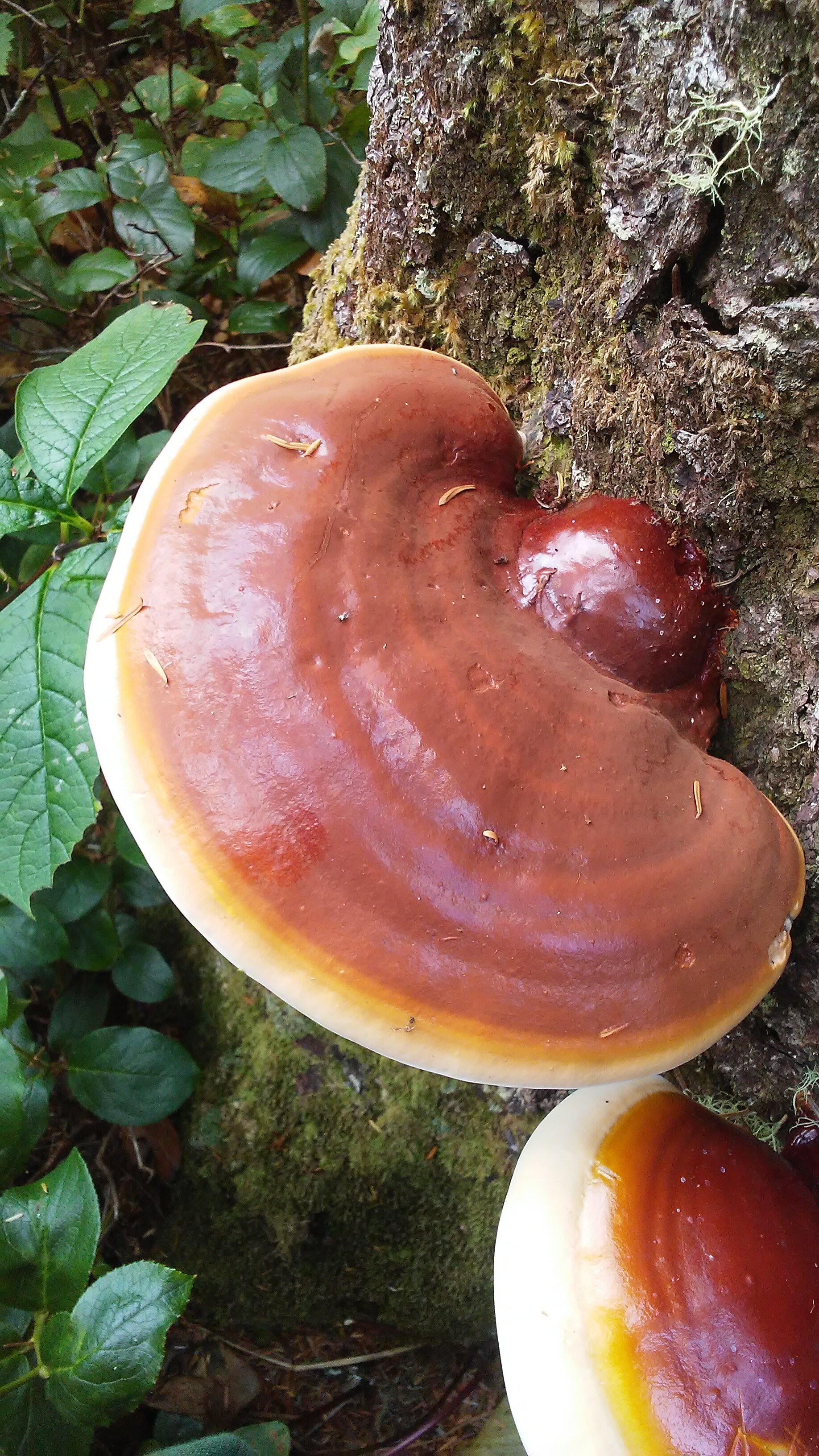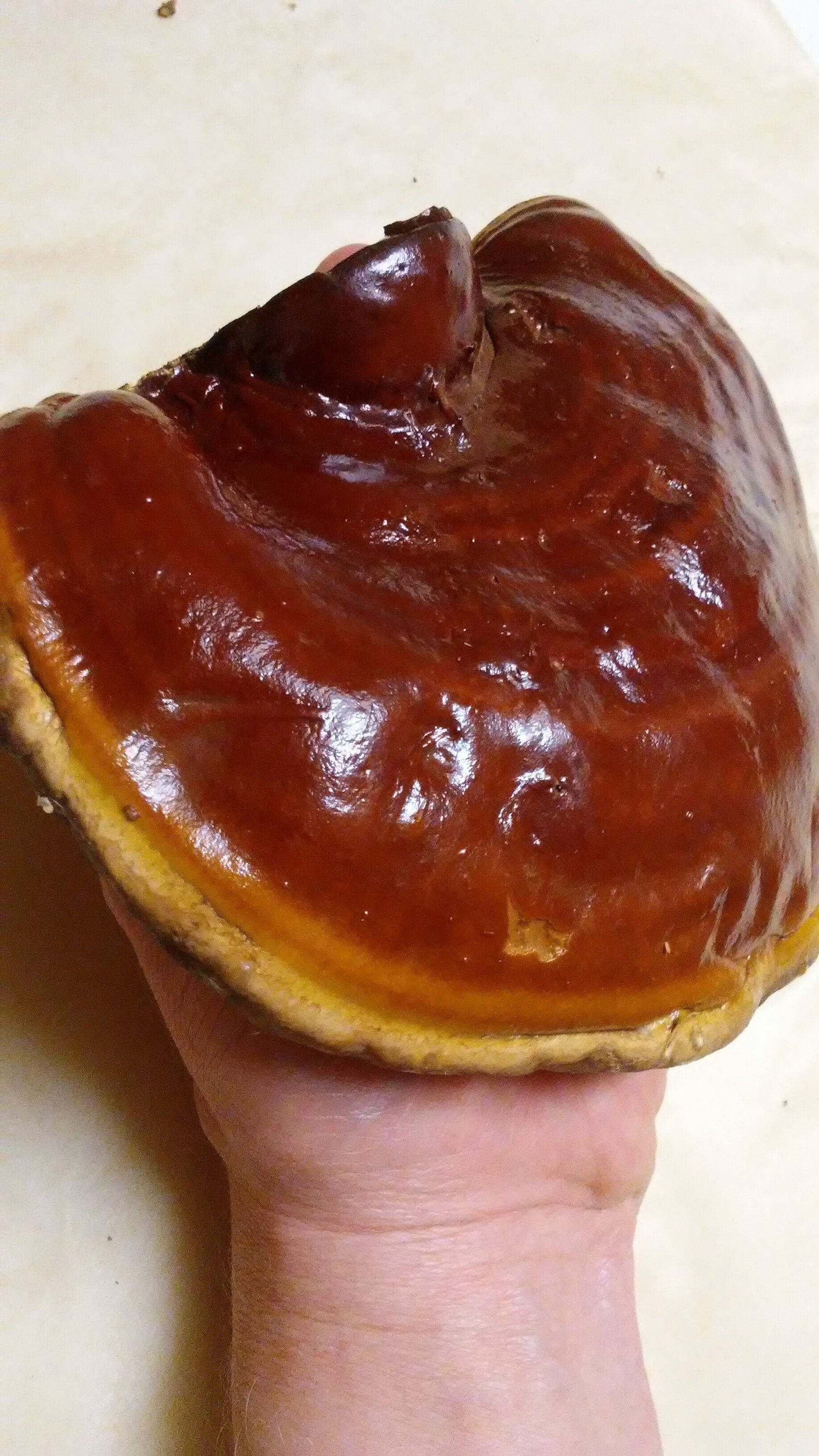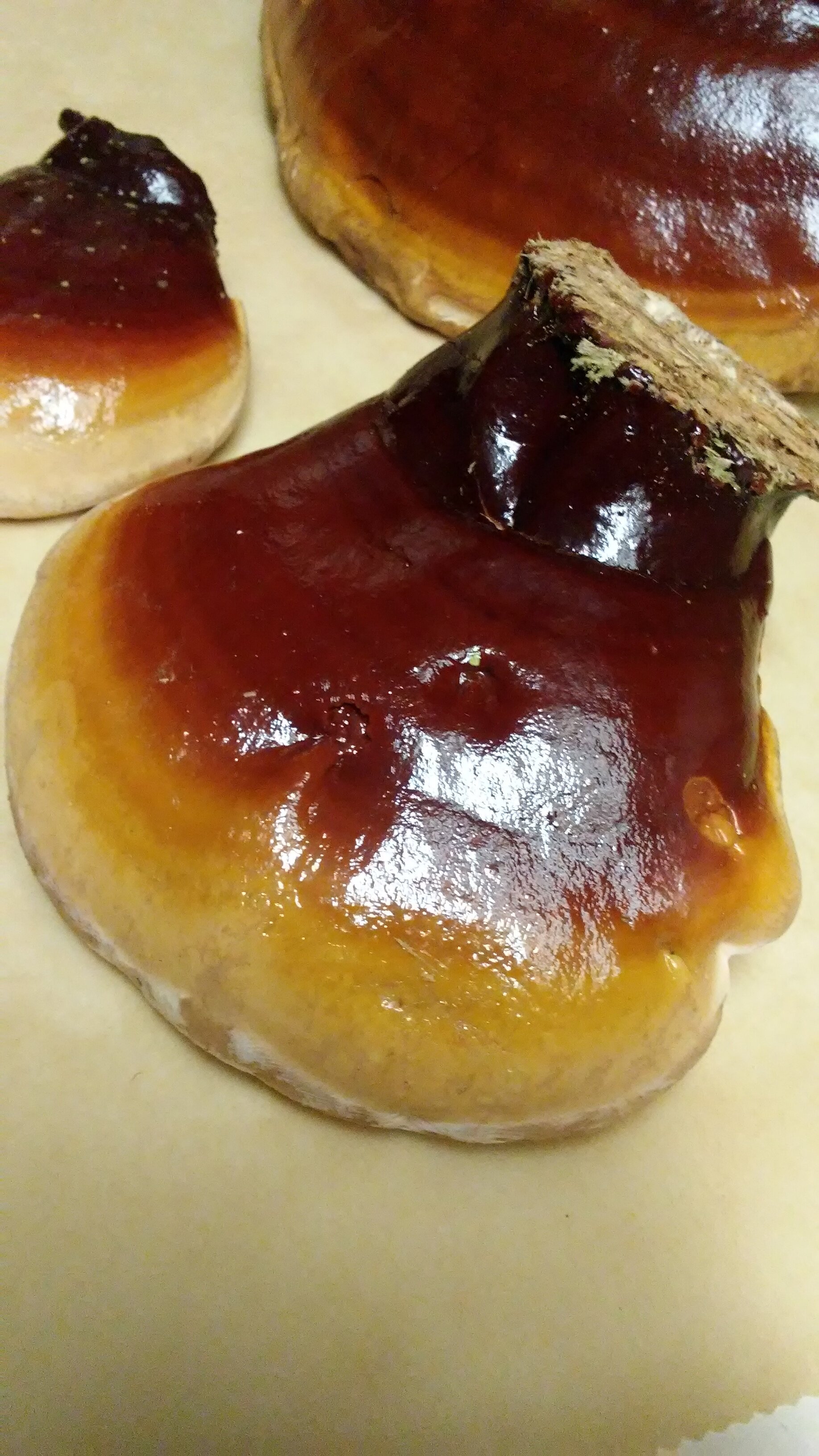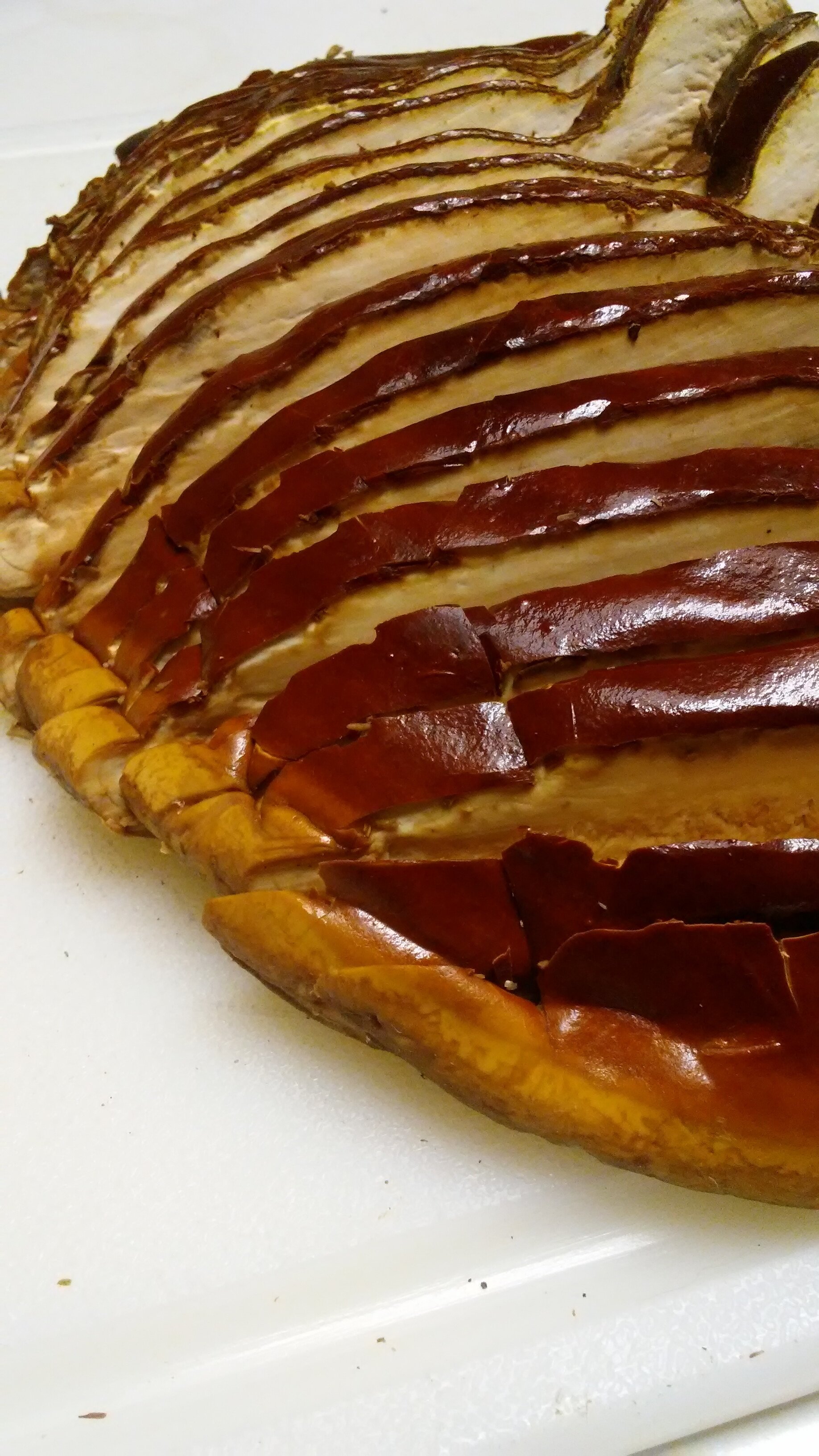Reishi is known as the “mushroom of immortality” and has been used as a longevity tonic, immune stimulant, cardiac strengthener and stress regulator for thousands of years. It's powerful anti-inflammatory, anti-viral, anti-bacterial and anti-cancer properties make reishi one of the most therapeutic and effective medicinal mushrooms of the forest.
Reishi Mushroom
Botanical (Latin) Name : Ganoderma oregonense; Ganoderma lucidium, Ganoderma applanatum,
Ganoderma tsugae
Common Name : Reishi; Lingzhi
Family : Ganodermataceae
Parts Used : Fruiting body, Spores
Ruling Planet : Jupiter & the Sun
Active Compounds & Uses
Reishi (Ganoderma lucidium) is the original reishi of the orient and has been recognized in Chinese medicine as a medicinal mushroom for over 2,000 years. Ganoderma oregonense, often referred to as West Coast Reishi or Western Red Varnish Conk, is the species of reishi most commonly found in my region of the Pacific Northwest. Of all species of reishi, Ganoderma oregonense is most similar to the reishi of the orient and both can be used interchangeably. Pollysaccharides, triterpines and lysozymes are the main active components of reishi, pollysaccharides being the most abundant of the three. Pollysaccharides are water soluble compounds within the cell walls of the mushroom. To activate the pollysaccharides, the mushroom must be boiled or steamed in water for 3+ hours to break down the cell walls to make the compounds bio available. Pollysaccharides boost white blood cell production and increase the bodies production of cytokiens. Reishi stimulates an under-active immune system and calm an over-active immune system, reduce inflammation and provide anti-viral effects against shingles, herpes HS1, HS2, influenza, and other viral infections. Pollysaccharides are also helpful in the treatment of certain cancers, diabetes and auto-immune disorders. Triterpines give reishi its adaptogenic properties and help diminish damaging effects of stress on organ systems and bring balance to the body and mind. Reishi helps to inhibit the production of histamine and can reduce symptoms of seasonal allergies, soothe inflammation and provide high amounts of anti-oxidants which help protect and repair DNA. Lysozymes provide anti-bacterial properties useful in the treatment of Staph, Strep and Bacillus pneumonia. Triterpines and lysozymes are alcohol soluble compounds. To extract these compounds the mushroom must be macerated (soaked in alcohol), using 100 or higher proof alcohol. The most effective way to capture the full benefits of reishi and all medicinal mushrooms is by making a dual extraction. A dual extraction is made by macerating the fruiting body of the mushroom in alcohol for 6 weeks. The mushroom is then strained from the alcohol and boiled in water for 3+ hours to create a strong decoction. The two extracts are then combined to make a dual extract that contains all active compounds of the mushroom.
Mushroom of Spiritual Potency
The powerful effects of reishi have been documented in ancient Chinese scripts and art associated with Taoism since the year 1400 AD. Images of this sacred mushroom appeared in paintings, carvings, furniture and women's accessories. Wild reishi in China was rare and before it was cultivated, only those of nobility could afford it. It's said to have grown off the coast of China on the “ Isles of the Blest”, the home of the immortals. A great protector and replenisher of Qi/Chi (life force energy), reishi helps one to move through life with less fear and more confidence. It works as a tonic to strengthen vitality, cardiac and liver function, increase memory, calm the mind and the entire nervous system. From the book Shen Nong Ben Cao Jin, “Long term consumption of reishi mushroom will lighten the body and prevent aging, extend one's life and make one an immortal.”
Ganoderma oregonense in the Wild
The west coast reishi is a perennial fungi that commonly grows on conifers and hemlocks and has an affinity for dead or fallen trees of the aforementioned species. Fresh conks vary in size from 2''– 30''. The tops have a reddish brown to mahogany color with a varnish like shine and creamy white outer ring. The white outer ring is soft and edible. The surface of the mushroom may sometimes appear dusty. The “dust” is the spores of the mushroom which can be collected or spread on near by trees to encourage new growth. The PORES, not to be confused with the SPORES of the mushroom, are located on the underside of the fruiting body. These pores are cream colored and bruise brown when touched. Reishi of the previous year lack most of their medicinal properties and appear dark red in color, are quite hard and more shiny than it's fresh kin. Their texture of an old reishi is more woody and the underside pores will appear brown and dry. To harvest reishi, with a sharp knife, gently cut the area where the stem of the mushroom meets the wood/tree. Gently press downward on the top of the mushroom and allow it to pull away from the tree. Harvest only what you need, give thanks and process the reishi mushrooms within 3-6 hours of harvest.
Reishi mushroom is a safe and highly effective fungi for adults, children and pets alike. I recently began to take a double extract reishi tincture I made from my harvest this past autumn. Within one week of a constant dosage of 1-2 dropperfulls per day, my energy and nerves felt settled and more balanced. I highly recommend reishi mushroom as a tonic to promote grounded energy and to help boost and nourish the bodies immune and nervous systems.
Sources
Flint, Margi. The Practicing Herbalist : Meeting with Clients, Reading the Body : EarthSong Press
http://biology.burke.washington.edu/herbarium/imagecollection/taxon.php?Taxon=Ganoderma%20oregonense
https://animamundiherbals.com/blogs/news/herbs-of-jupiter-adaptogens-longevity-tonics
https://www.ncbi.nlm.nih.gov/books/NBK92757/
https://animalwellnessmagazine.com/the-power-of-medicinal-mushrooms/
http://www.medicinabiomolecular.com.br/biblioteca/pdfs/Biomolecular/mb-0223.pdf
https://www.youtube.com/watch?v=F-S7-7namSE
http://www.pitlanemagazine.com/cultures/the-isles-of-the-blest-as-paradise-in-greek-mythology.html


